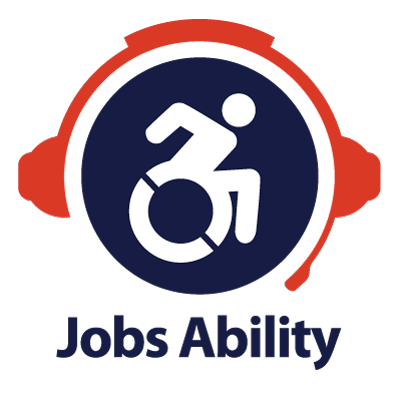Our Ability CEO is a candidate in EmPOWERED to Serve Business Accelerator Program
October 7, 2019Job Opportunity: McCarrah Jesse | UX Writer
October 10, 2019Our Ability | Disability:IN New York is hosting our New York City meeting on Talent Acquisition and Training Opportunities
November 1st at 8:30am at Microsoft NYC 11 Times Square, New York, New York, 10036
Agenda
8:30- 9:00 – Meet and greet
9:00 – Welcome – John Robinson, Our Ability | Disability:IN New York. Look to create a network of business is interested in building talent acquisition pipelines and training opportunities for new businesses. That’s part of this work, we look to create a business affiliate network in New York City to continue employment outreach.
9:25 – Steve Towler AHRC – Steve is one of the leaders in the disability community in New York State and supports the ability of individuals with developmental disabilities.
9:30- Shaaz Nasir – Discussing Microsoft’s work in the Disability Space
Shaaz Nasir is Microsoft’s Digital Advisor and AI Ambassador. He focuses on helping US governments create and implement their digital strategy to improve citizen services and ensure AI is used in a responsible way. He has lead program of change initiatives around the world with Accenture in the Middle East, and before joining Microsoft was a Trade Commissioner for the Department of Foreign Affairs in New York for Canada where he grew the AI start up ecosystem between USA and Canada. Shaaz volunteers for the World Economic Forum as a Global Shaper in their NYC Hub focused on the local community.
9:40 – Mackenzie Ward Disability:IN How Disability:IN connects with Corporate America –
Mackenzie Ward is the Disability:IN Corporate Relations Coordinator. In this role, she supports the Executive Vice President of Programs and manages relationships with corporate partners. She graduated with a Bachelor of Arts in Economics with a minor in Spanish from Villanova University. Mackenzie has worked with individuals with disabilities her whole life through her volunteer efforts with programs such as Challengers, TopSoccer, and Special Olympics. At Villanova, she served as president of a student group called LEVEL which strives to level the playing field for students of all abilities.
9:45 – Maureen E. O’Brien – NYSID – Event Sponsor – Spotlight on Purchasing in New York.
In 2018, Maureen was appointed the President and CEO of New York State Industries for the Disabled (NYSID). NYSID is the designated facilitator of the Preferred Source Program for individuals with disabilities in NYS. Maureen manages the execution of over 1,000 contracts on behalf of 135 rehabilitative services and corporate partners creating employment for over 6,000 individuals with disabilities. Prior to leading NYSID Maureen served as the Executive Director of Government Affairs at Motorola Solutions.
Please save the date – November 1, 2019. If you are interested in attending (RSVP), please shoot me an email…
